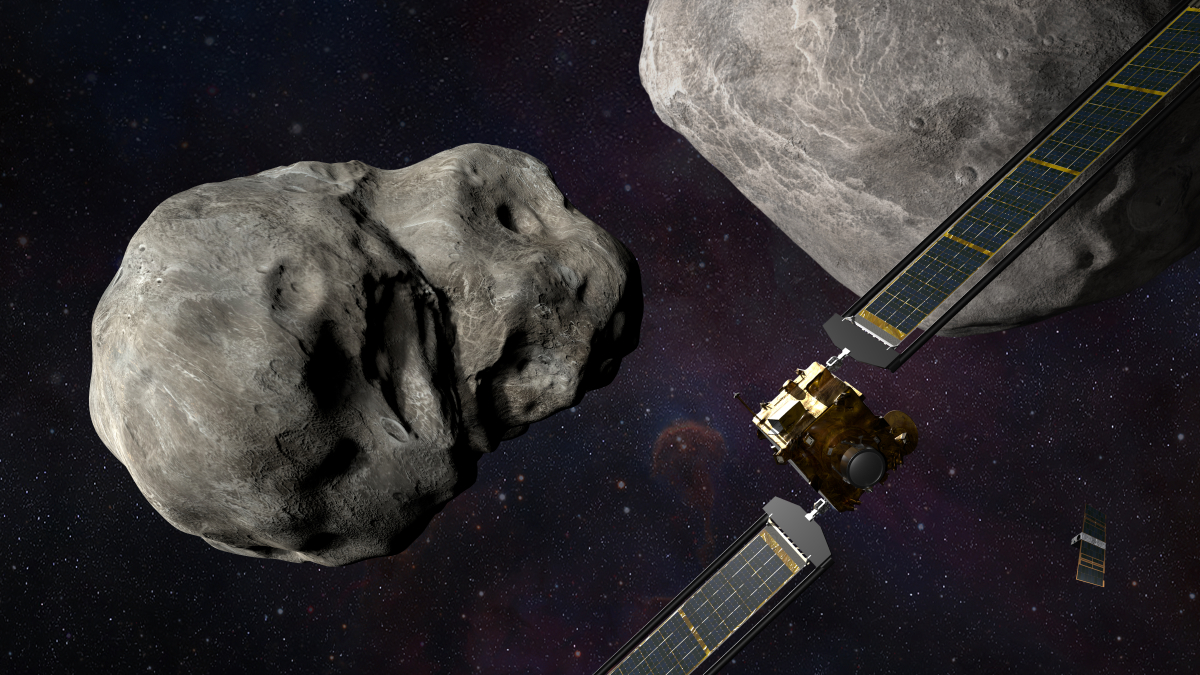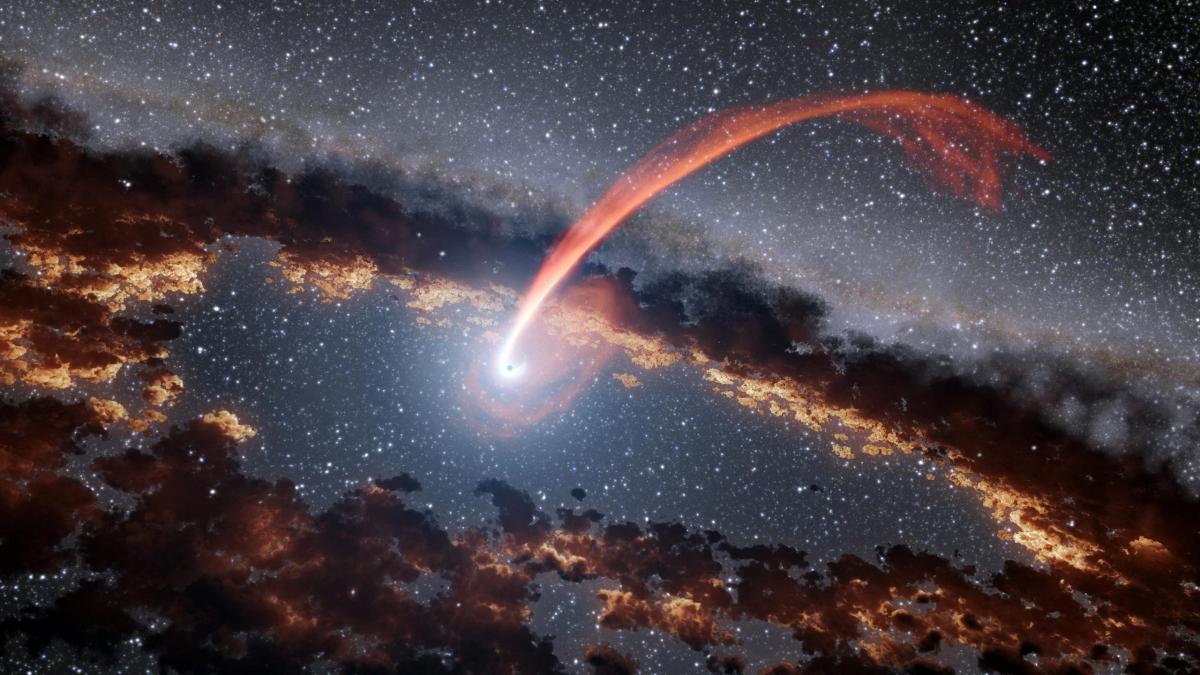Hubble shows asteroid crash in video
Last September, Nasa successfully collided a probe with an asteroid called Dimorphos in its historic Dart mission. Instead of celebrating the success, the scientists involved did what they always do: evaluated the data.
The results have now been released and show that the mission exceeded all expectations. Five articles in the science magazine Naturepublished by international teams, show that mankind is already much closer to successfully defending against asteroids.
Because that was exactly the purpose of the so-called Double Asteroid Redirection Test – Dart for short – a few months ago: to check whether potentially dangerous asteroids could be deflected from their trajectory to Earth or destroyed.
A probe the size of a fridge was launched into the asteroid, which quickly proved to have thrown it off course. But the impact did much more, as the researchers now describe.
As it turned out, it was not just the collision that had an effect on the asteroid’s course. Cristina Thomas of Northern Arizona University explains in one of the papers that this would only have shortened Dimorphos’ orbit by around seven minutes.
But rocks thrown off the asteroid by the impact would also have had a huge impact. In total, the orbit, which normally takes around 12 hours, has been shortened by a total of 33 minutes.
Editor’s Recommendations
“Before the impact, we expected it to shorten Dimorphos’ orbit by only about 10 minutes,” explains Tony Farnham, co-author of the overarching study. The evaluation showed that the normally twelve-hour orbit would have been shortened by more than 30 minutes.
The rubble has even formed a tail. This is rare anyway, but Dimorphos’s had a particularly unusual shape, as shown by images from the Hubble Space Telescope.
The footage shows post-impact developments in time-lapse and proves the debris is spiraling — a phenomenon the researchers call “unique.”
Terik Daly from the Johns Hopkins University Applied Physics Laboratory is enthusiastic about the results of the study. “We know there are asteroids out there,” he explains. “Can we do something about it? And the answer is a definitive yes, thanks to Dart.”
However, there are still many unanswered questions that will need to be answered in the coming years – even about the exact size and density of Dimorphos itself. In addition, this specimen is one asteroid variant of many: just a few weeks after the Dart mission was launched discovered a particularly large asteroid that also changes its rotation period and thus becomes more unpredictable.
In November, a Nasa simulation clouded the mood. In the fourth iteration of the so-called Planetary Defense Tabletop Exercise, which tests response to the threat of an asteroid, it was calculated that humanity would be unable to prevent the impact.
Incidentally, this tool can be used to calculate what effects the impact of an asteroid would actually have.



